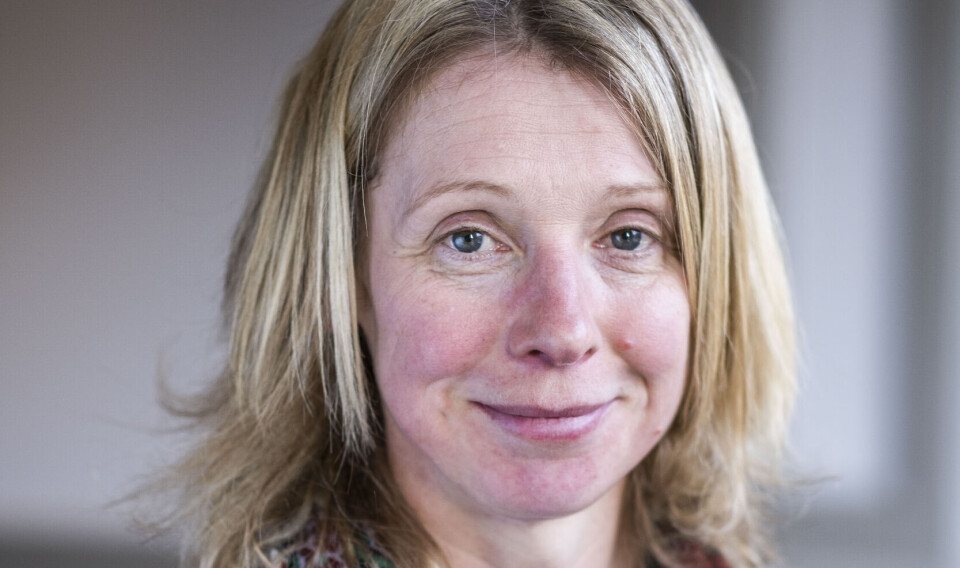
Looking back, thinking ahead: Sarah Riddle
Fish Farming Expert has asked individuals connected to the salmon farming industry about their year, and what they hope for in 2025. Today we feature Sarah Riddle, head of research and innovation for the Sustainable Aquaculture Innovation Centre (SAIC).
What have been the highlights for you professionally in 2024?
One of the definite highlights has been supporting a variety of SAIC-funded, practical research and innovation projects that have come to conclusion over the past year with real value to the sector, in areas such as modelling, artificial intelligence, and fish health and welfare.
Secondly, as part of SAIC’s fifth funding call as well as third-party calls, it has been great to witness and support the build of cutting-edge, collaborative R&I projects that have now been successful in receiving funding.
Thirdly, I am enjoying leading a fantastic team of knowledgeable, resilient and agile people who work hard for the success of both SAIC, our projects and initiatives, our consortium members, and the sector that we focus on and are delighted to serve.
What will be the most significant challenges and opportunities for SAIC in the coming year?
In the context of challenges, I always prefer to turn the dial to the associated opportunities. Continuing to help the sector bring together high-quality scientific expertise to deliver valuable projects that can improve fish health and welfare and support growth, while minimising our environmental footprint, will be the key focus for SAIC.
We currently have just under 40 live projects where SAIC is either the main or joint funder ... and we will make sure that full case studies are available for them all, so the benefits from their findings can be shared as widely as possible
Sarah Riddle
We currently have just under 40 live projects where SAIC is either the main or joint funder, and we will continue to support these with a view to the impact and benefits they will bring for the sector. As part of this effort, we will make sure that full case studies are available for them all, so that the benefits from their findings can be shared as widely as possible.
Part of our activity plan for the coming period will be a series of themed, interactive workshops. We are now in the process of planning the topics, locations and formats for this programme of events, and we are keen to see input from our network as we develop the plans further.
Also, we will continue the work and conversations with all stakeholders who will help ensure we still have a centre for much-needed research and innovation for the sector beyond SAIC’s transition period, i.e., after the end of March 2026.
What do you see as the most significant challenges for the salmonid farming industry in Scotland and globally in 2025?
As in my previous answer, I would like to focus on the opportunities: to concentrate on fish health and welfare and to keep improving survivability, with the ideal aim of every animal reaching its full potential. We have an opportunity to aid several continuously complex and evolving processes, such as planning and licensing, and the sea lice framework. Wherever we can, we must contribute to regulation and practices that are based on robust science and shared knowledge, leading to fact-based decisions.
We – by which I mean the sector as a whole, both here in Scotland and in all aquaculture producing nations – also have a responsibility to work tirelessly to progress our social licence, to bring about meaningful and lasting community benefits, and conduct open and ongoing stakeholder engagement. The SAIC team and I very much look forward to being part of this work in 2025.
Tomorrow: Richard Darbyshire, regional production manager Shetland, Scottish Sea Farms




















































